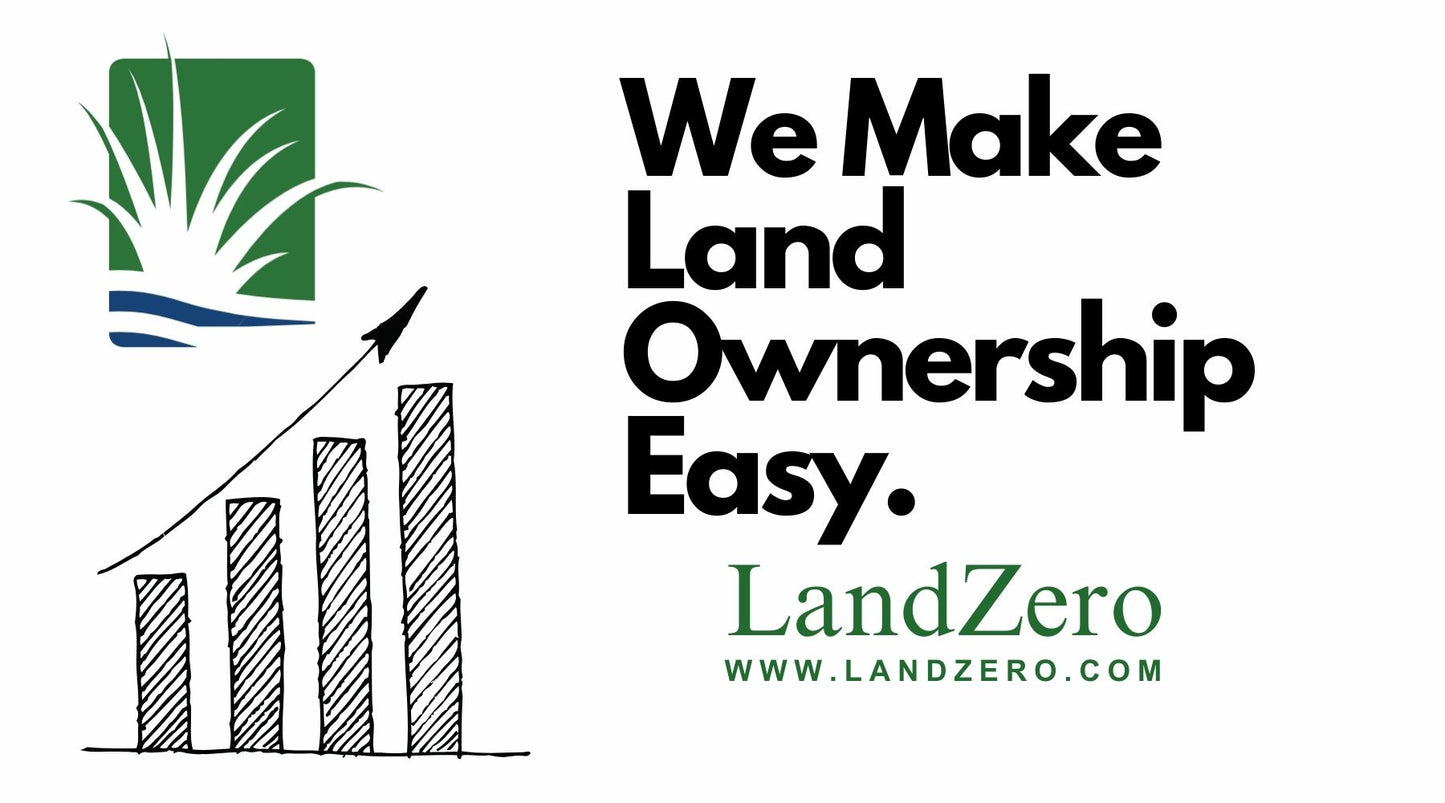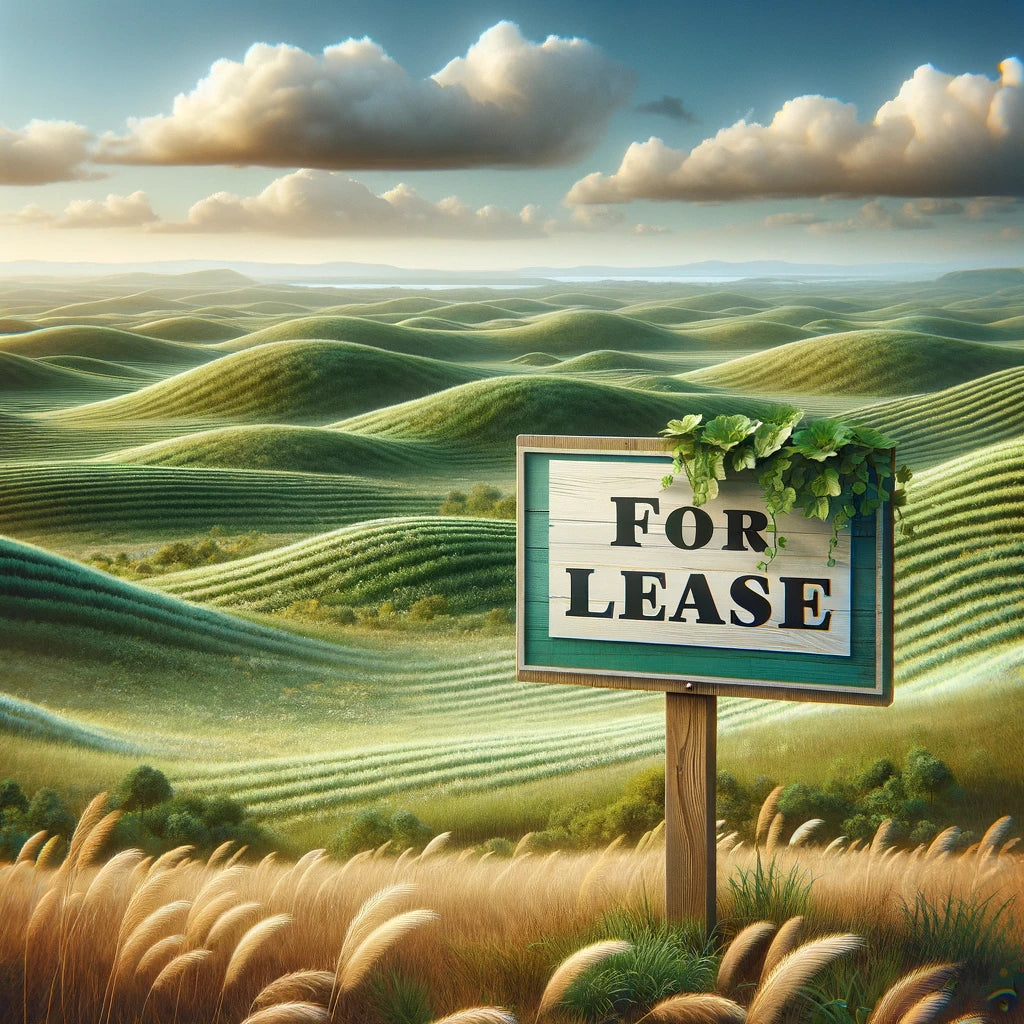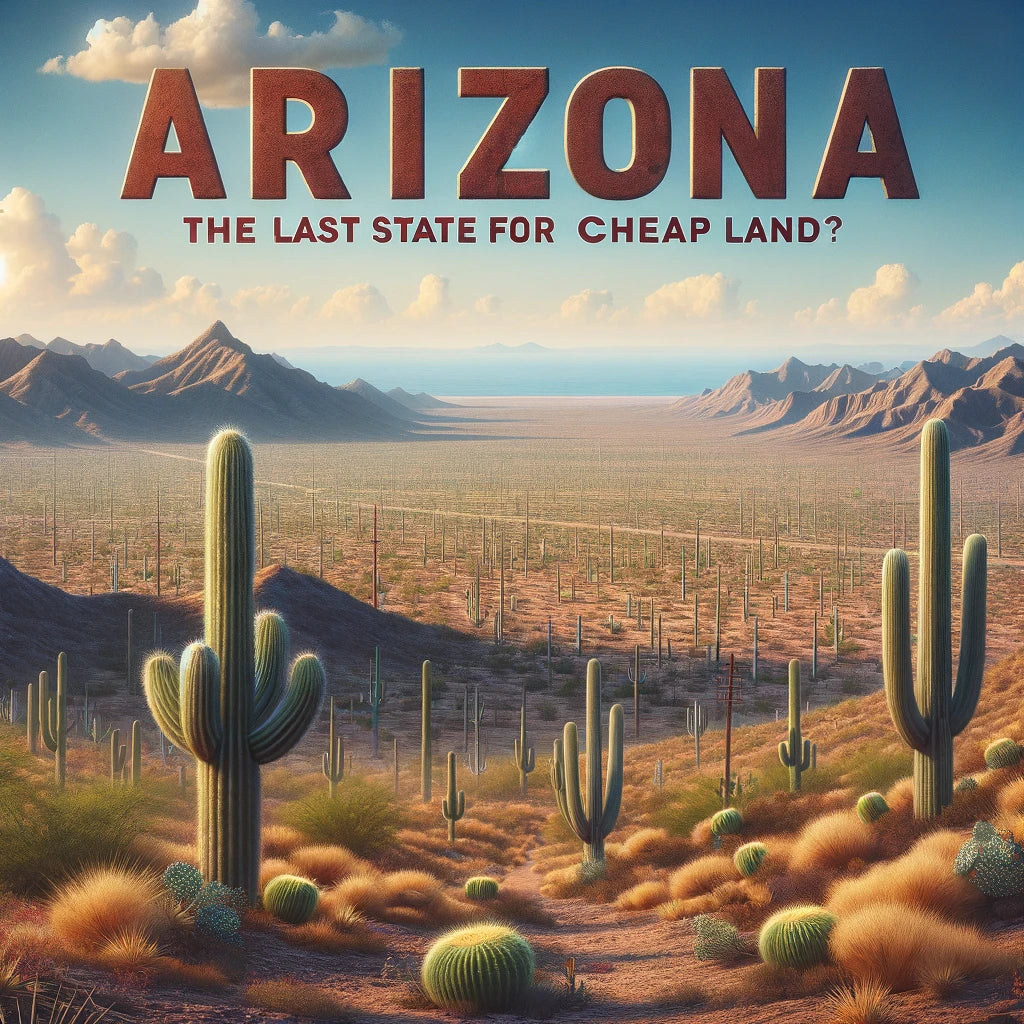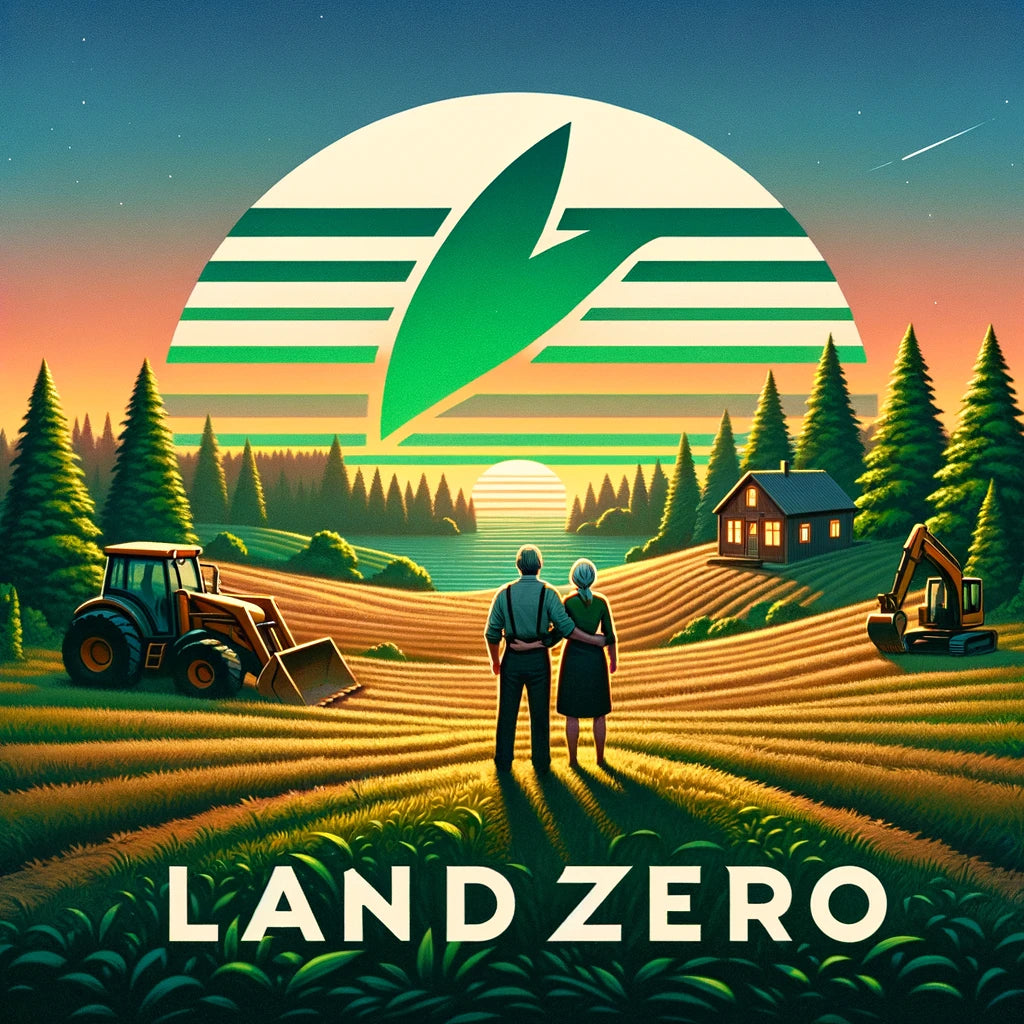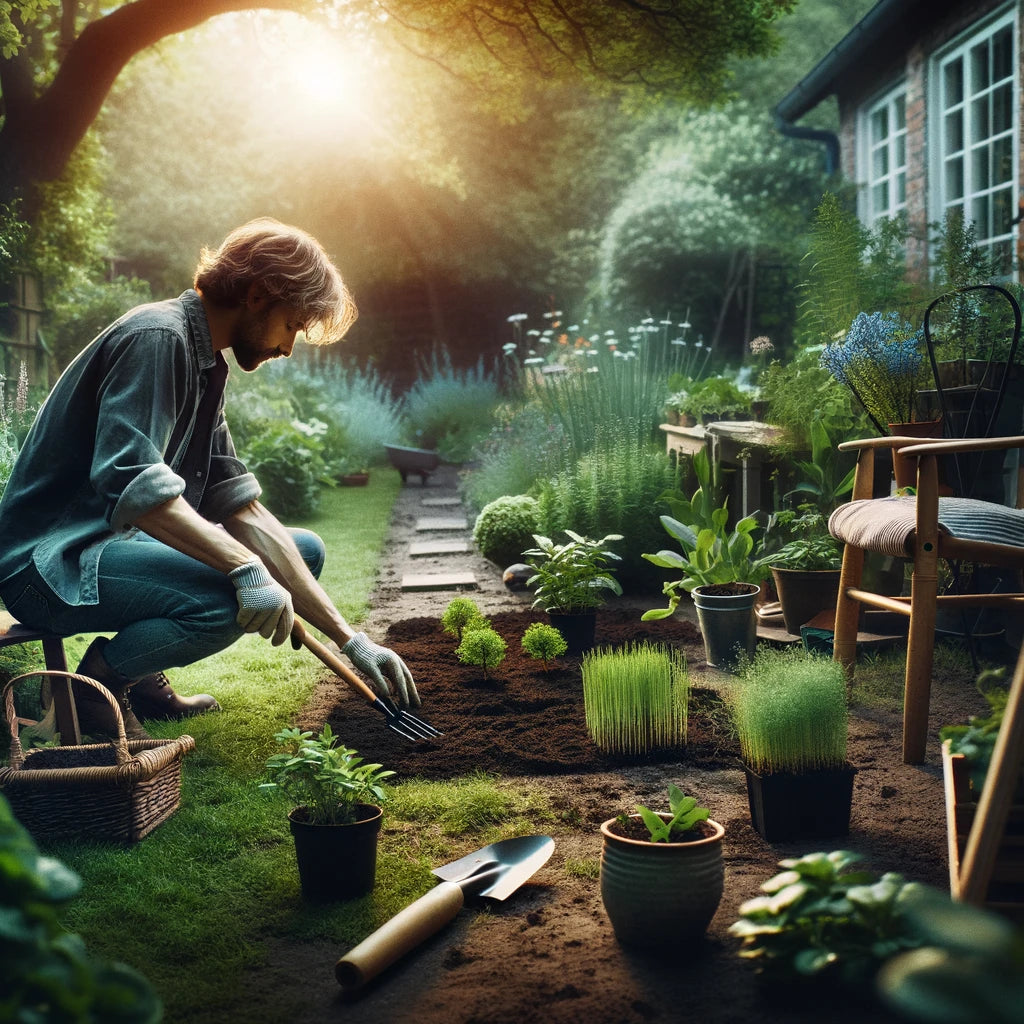
Growing a garden is among the most enjoyable and fun pastimes for many people. This is not really a surprise. After all, aside from gathering and storing of food that is possible, gardening also offers a long list of health benefits that you will surely find hard to resist.
Since most people today tend to spend their time indoors, they end up suffering from deficiency of vitamin D that has been discovered to cause different neurological and cardiovascular problems.
The good news is that a flourishing and thriving garden can give you more than good enough reason for you to spend some time outside under the sun, which is the main and primary source of D vitamin.
Creating and planning your garden can even help improve your brain power, learn new methods of sustainable living and become the knowledgeable botanist of the family.
But, what if you are living in the desert? Is gardening still possible? Yes! But how?
Starting a Garden in the Desert
Deserts are defined as regions with scarce precipitation. This water scarcity is what makes deserts precious and is also a very powerful design element at the same time.
Water usage and drought tolerance are the ever-present and principal considerations when starting a garden in the desert. However, take note that deserts are not the same, with high deserts experiencing different conditions from those in lower elevations.
The best and most effective desert gardens represent the different varieties of plants native to that particular area.
Gardening might not always be easy in the desert heat. Drier and warmer than other places, the desert can present several unique challenges and concerns for all aspiring gardeners. But, with a bit of know-how and a little ingenuity and lots of time to spend in practicing and mastering your craft, it would be more than possible to create a sustainable and flourishing garden amidst the desert climate.
Below are some tips for starting a garden in the desert so you can grow your plants in no time at all!
Choose the Right Plants
Given the right climate control, equipment, and space, you will be able to grow pretty much anything. However, if you want your time investment to have better return sooner, you need to go for plants that will do well even in a dry climate.
If you want flowers for your garden, some of the best choices you’ve include poppies, desert lily, marigolds, and wildflower. If your goal is to use your garden for growing plants that you can serve on the table, you can consider watermelon, okra, green beans, peppers, squash and even nopal cactus for edible cactus. Meanwhile, if you are willing to go for something less conventional, you can consider plant species that are native to your state.
If after all of these you are still at lost or you prefer plants that are more desert-friendly, you can head to the local nursery or hardware store, Gardeners working in a desert climate can help you look for plans that will best suit your existing skill level and available living space.

Pick the Correct Seeds
After you chose the right plant species, the next step is to search for seeds from plants that were able to adapt to the climate in the desert. There are companies specializing in the production of heirloom seeds meant for specific climates. These can be found at the farmers’ market or nursery in your area. If the local markets have run out of the particular varieties you like, there are online shops where you can order them.
Caring for the Soil
Your soil is probably more critical than the plants or seeds that you choose. Desert soil often contains clay, sand, gravel and many other types of inorganic matter, making it difficult or even impossible to grow your plants. For your seedlings to have a fighting chance, make sure you add manure, compost, or other similar organic matter. They can provide nitrogen to the soil together with other important nutrients that plants won’t be able to produce on their own. The general rule of thumb here is to add 2 inches of organic matter every year.
Pay Attention to the Sun
With intense light and high altitudes, the desert sun is far from being friendly to any growing plant, specifically delicate flowers, vegetables, and fruits. A good sun strategy here is using heartier and larger companion plants that will offer shade to the shorter and smaller plants. For example, you can grow strawberries or kale beside tall bean plants or eggplant. You may also want to consider some shading to limit sun time on the plants.
Mulch
There are certain climates wherein mulch can make a great addition to an existing garden that already thrives on its own. This is a true must-have in the desert. Mulch can keep your roots and soil protected from the heat, cold, and wind as it seals in moisture and prevents erosion. This can also help in keeping weeds at bay that may consume essential nutrients, keeping your plants from achieving their fullest growth potential. Many gardeners are using bagged mulch that can be bought at hardware stores and nurseries. However, you can use grass clippings, shredded leaves, compost or even newspaper if you like.

Water Well
Any desert is best defined by dryness and for this reason, your plants need substantially more water compared to other types of climates. Various plants have varied schedules for watering but during the heat of the summer, new plants will need their water every other day or every day for that matter.
You still have other options aside from watering by hand. There are gardeners who use drip irrigation or a series of tiny hoses that drip water little by little to the soil all day long. There are also gardeners that use barrels or catchment tanks to collect rainwater that they attach to hoses that slowly release water to the gardens as required. Although it may take some time and effort to set up these systems, these can help lower your water bill as well as save you long hours of weekly watering.
Starting a garden in the desert can be a very fulfilling, healthy, and fun addition to your lifestyle. While there are some extra steps you need to take to cultivate a flourishing garden, beautiful plants and hearty produce will be the reward for all of your efforts.
Conclusion
Overall, you have options in the desert, not just for cactus decor, but actually for an edible garden. If it is your first time with a garden, understand learning curves are normal and some plants just won't make it till you learn the methods. Be aware of wildlife that can take your crops and also insects. You can learn organic teas to take care of many issues, keeping your plants free from toxins.
Another surprise to some is having all this food at once and you can't eat it all. Often seasonal crops will spring up food all at once. Don't let it go to waste, learn how to make sustainable jams and pickling. Also salsas, sauces and even drying herbs. These can give you long lasting food and put to use your whole garden.
We hope this articles gets you excited to start living off the land a bit!
What plants grow well in the desert?
Some of the best growing plants in the desert are Cactus, Succulents, Paddle Plant, Agave, Feather grass, Flaming Katy, Aloe Vera and sage.
What type of flowers grow in the desert?
Some of the more common flowers that grow in the desert are poppies, desert lily, marigolds and wildflower.
What type of fruit can you grow in the desert?
Some of the more common fruit plants that can grow in the desert are watermelon, okra, green beans, peppers, squash and edible cactus.
Wait! Have You Considered Investing in Land
Did You Know You Can Get Land for Zero Down?
We Offer Low Monthly Payments, Rates as Low as 1% and No Credit Checks on LandZero.com.


